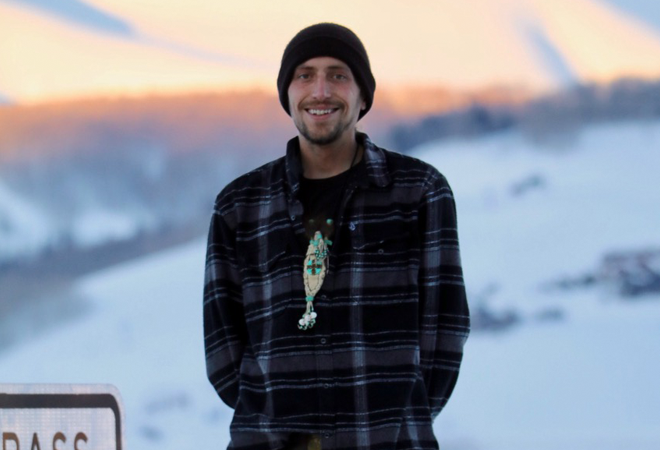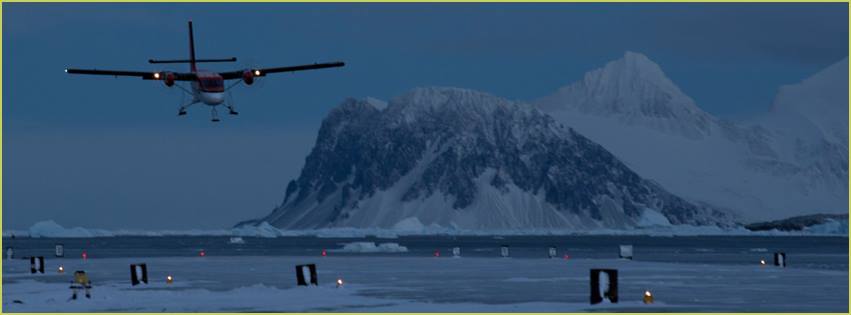
The Yosemite Valley and other parts of Yosemite National Park will close from Wednesday due to smoke from a raging California wildfire that is choking the air in the popular tourist destination, officials said on Tuesday. The Ferguson Fire, which has been burning since July 13 and has claimed the life of one firefighter, had burned about 36,600 acres to the south and west of the park and was 25 percent contained as of Tuesday afternoon, according to the California Department of Forestry and Fire Protection.
“We’re asking people here tonight to leave tomorrow morning,” a park spokesman said. “And anyone that’s incoming tomorrow will get an email or phone call stating that their reservation is canceled.”

The park’s Yosemite Valley, Wawona and Mariposa Grove are to be closed through at least Sunday, along with a 20-mile stretch of State Route 41, due to the fire operations, the National Park Service said. Air quality in the area about 170 miles east of San Francisco was expected to be unhealthy to very unhealthy on Tuesday and Wednesday, according to the U.S. Forest Service Wildland Fire Air Quality Response Program.
Yosemite wasn’t under imminent danger from the Ferguson fire, officials were quick to point out. Authorities decided on the closure to allow crews to perform protective measures like burning away brush along roadways without having to deal with traffic in the park that welcomes 4 million visitors annually.

Lodgings, campgrounds, stores and other facilities inside the iconic valley and the Wawona historic district were to close, leading to roughly 1,000 canceled room reservations, to say nothing of the impact on day visitors, park workers and small businesses along the highway. The last time the 7.5-mile-long valley was closed because of a fire was 1990. Highway 120, also known as Tioga Road, and the Tuolumne Meadows area remain open.
“The Ferguson Fire is burning in steep, rugged terrain with little to no access roads,” said Scott McLean, a spokesman for the California Department of Forestry and Fire Protection.

In all, 91 crews or 3,311 people were fighting the fire using 194 engines, 45 water tenders, 16 helicopters and 52 dozers, which has led to evacuations in parts of the region. The fire is one of more than 65 major wildfires burning in the United States this week that have so far scorched an area of about 1.2 million acres. Most are in western states, with blazes also in central Texas and Wisconsin, according to the National Interagency Coordination Center. As of July 24, wildfires had burned through 3.94 million acres this year, above the 10-year average for the same calendar period of 3.54 million acres, it said.

Although Yosemite is the national park hardest hit by a wildfire, from Yellowstone to Grand Canyon, and Crater Lake to Sequoia, wildfires are burning in western areas of the National Park System. The wildfires, most ignited by lightning strikes, come at the height of the summer tourist season. Elsewhere in the park system:

- Crater Lake National Park, Oregon
The Timber Crater 6 Fire was one of several fires ignited by lightning in and around the park on Sunday, July 15. As of Monday night, it covered a bit more than 2,000 acres and was being fought by nearly 600 firefighters. Containment lines had been established around 15 percent of the fire. - Grand Canyon National Park, Arizona
Crews were working aggressively to contain several fires that lightning set on the North Rim of the park, the east side of Cape Royal Road, near Atoko Point, and the far southwest corner of the Walhalla Plateau above Obi Point. - Sequoia National Park, California
Horse Creek Fire burning in the park’s John Krebs Wilderness Area, covering just 30 acres, was sending some smoke into the Mineral King Valley, and there was a temporary hold on wilderness trips starting from Mineral King trailheads. - Whiskeytown National Recreation Area, California
Nearly 900 firefighters, aided by 81 fire engines and four helicopters, are battling a 3,100-acre fire. - Yellowstone National Park, Wyoming/Montana
The Bacon Rind Fire was set by a lightning strike in the Lee Metcalf Wilderness Area of Custer Gallatin National Forest about two miles west Highway 191, between Bacon Rind and Snowslide Creeks. By Monday afternoon, part of the 200+-acre fire had moved into Yellowstone.




